Are you considering installing fiber cement siding?
If the answer is yes, you may be wondering if the siding can touch the ground when installed.
Keep reading to discover why you should keep this durable, low-maintenance material at least six inches above the ground.
We'll also offer pointers on how to properly install the siding to ensure a long-lasting, beautiful finish.

Why It's Important to Keep Fiber Cement Siding Off the Ground
Fiber cement siding is a long-lasting material resistant to rot, pests, and fire. But it is susceptible to damage if not properly installed.
It is important to keep fiber cement siding off the ground to ensure that it remains in good condition and continues to provide the benefits that make it a popular choice for homeowners.
You should install the siding at least six inches above the ground.
If you must install the fiber cement siding close to the ground, use proper flashing and moisture barriers to prevent water from seeping into the siding.
Here are some reasons why it is necessary to keep the fiber cement siding off the ground:
Prevent Moisture Damage
If fiber cement siding is in contact with the ground, it can absorb moisture from the soil, which can cause it to warp, crack, or even rot over time.
This deterioration can compromise the fiber cement siding's integrity, thus leading to costly repairs or eventual replacement.
You might also like: Should Windows Be Flush With Siding?
Prevent Damage from Pests
If the siding is in contact with the ground, it can provide a pathway for pests like termites and carpenter ants to enter the home.
These pests can cause significant damage to the structure of the home, which can be expensive to repair.
Maintain Its Appearance
When fiber cement siding is installed properly, it can mimic the look of traditional wood siding, but without the maintenance requirements.
However, if the siding is in contact with the ground, it can become discolored or stained, detracting from its overall appearance.
How to Install Fiber Cement Siding Properly
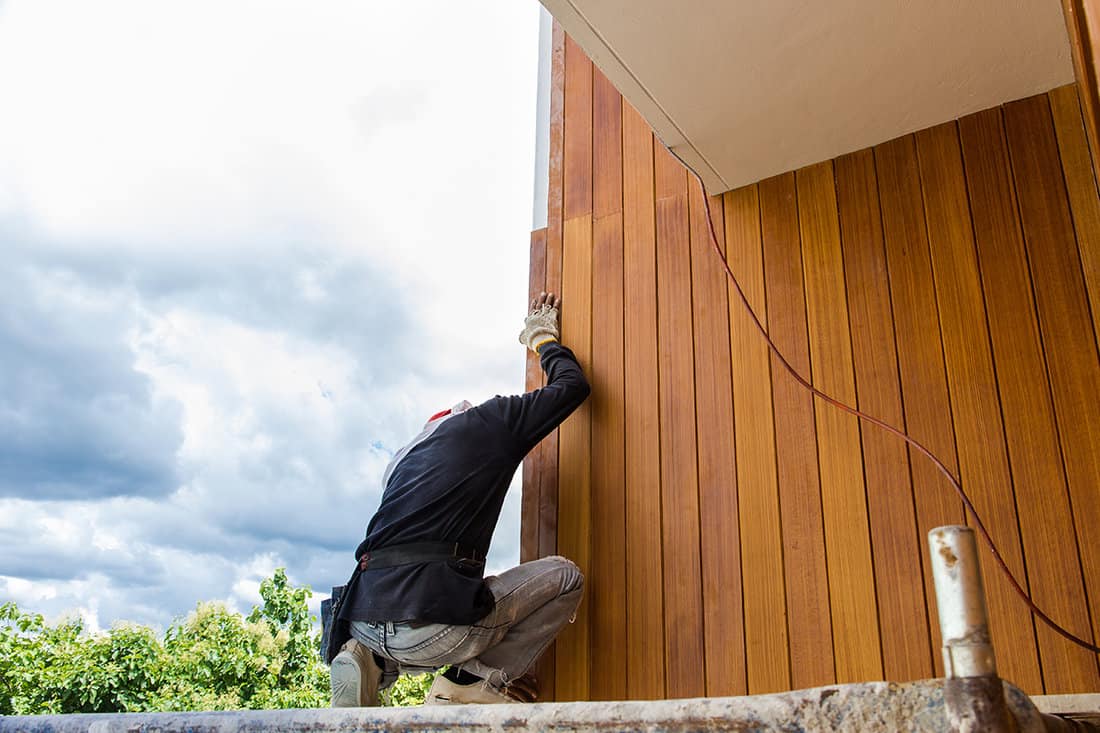
Proper installation techniques and materials protect the siding from the elements and ensure it will last many years.
Note that installing fiber cement siding can be a complex process that requires careful planning and attention to detail.
So, it may be advisable to work with a professional contractor or installer to ensure your siding is installed properly.
If you opt to do it yourself, here is a step-by-step guide on how to proceed:
1. Prepare the Ground
Before installing fiber cement siding, it is important to properly prepare the ground to ensure a stable and level surface.
Clear the ground of debris, rocks, or other materials that can cause the siding to shift or become uneven over time.
If necessary, level the ground using a shovel or other tools to ensure that the siding will be installed evenly.
It is recommended to slope the ground away from the house to prevent water from pooling near the foundation, which could lead to water damage or other issues.
2. Install a Moisture Barrier
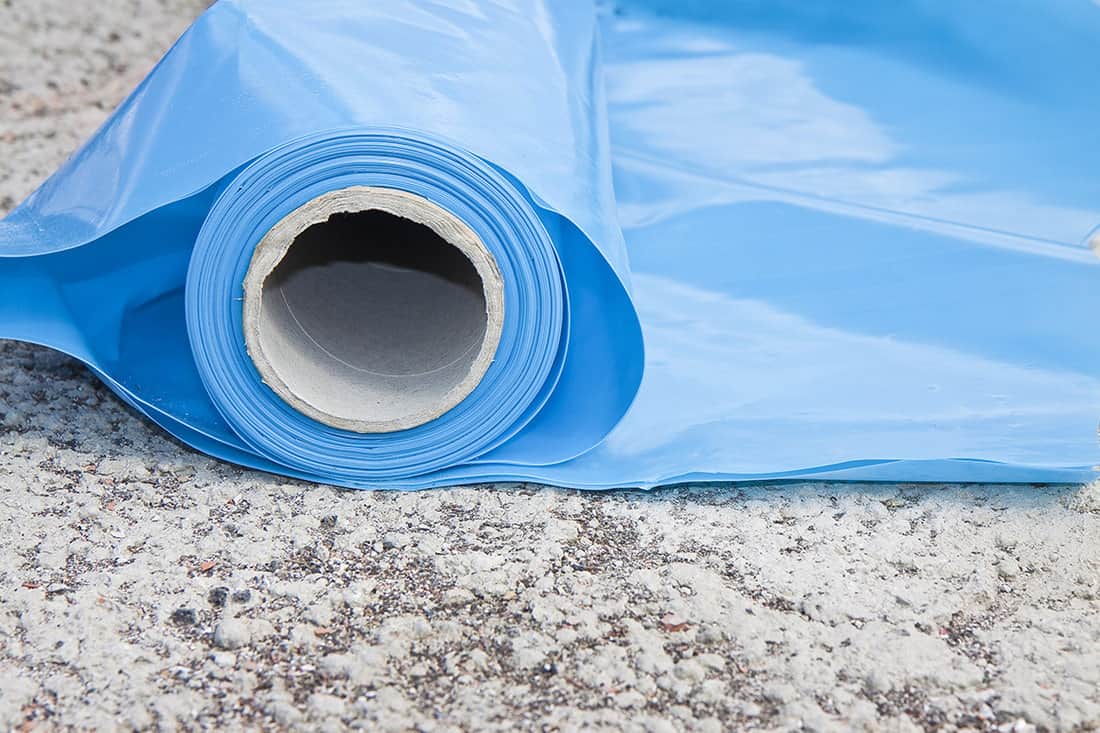
To protect the siding from moisture damage, it is important to install a moisture barrier between the siding and the house.
This barrier can be made of various materials, including building paper, house wrap, or a specialized moisture barrier designed specifically for fiber cement siding.
You can install the moisture barrier over the sheathing and under the siding to prevent water from seeping into the walls.
Further, ensure the moisture barrier is properly sealed around all windows, doors, and other openings to prevent water from entering the house.
3. Install the Siding

Installing the fiber cement siding typically involves attaching the siding to the house using nails or screws.
It is important to follow the manufacturer's specific instructions carefully to ensure that you install the siding properly and securely.
Install the siding in a staggered pattern, with each row overlapping the previous row to prevent water from seeping behind the siding.
Be sure to check out this post: Do You Need Sheathing Under Siding? [Inc. Metal, Plywood, & Smart]
Best Practices for Installing Fiber Cementing
Use the Right Tools
Installing fiber cement siding requires specialized tools, including a circular saw with a diamond blade, a pneumatic nail gun, and a pair of snips.
Using the right tools will not only make the installation process easier but also ensure a cleaner and more precise cut.
Follow Manufacturer Instructions
Each manufacturer has specific instructions for installing their fiber cement siding products.
Reading and following these instructions carefully is essential to ensure proper installation and avoid potential warranty issues.
Leave a Gap
When installing fiber cement siding, always leave a gap at the ends of each length of the siding.
This gap allows for expansion and contraction due to temperature and humidity changes. The recommended gap size is typically 1/8 inch.
Caulk Joints
Apply caulk to the joint before and after installing the siding.
Caulking helps to prevent water infiltration and ensures a tight seal between the siding and the adjacent surfaces.
Install Flashing
Flashing helps to prevent water infiltration and directs water away from the building.
Flashing should be installed at the end joints where two pieces of siding butt together. The flashing should overlap the siding course below.
Use Stainless Steel Nails
Use rustproof stainless-steel nails to fasten the siding to the wall. This will prevent corrosion and ensure a secure hold for the siding.
Prime and Paint
Prime all cuts and caulks joints with a paintable exterior-grade sealant that will remain flexible to prevent water infiltration and ensure a long-lasting finish.
It is also important to paint the siding within the manufacturer's recommended timeframe to ensure proper adhesion and protection.
To Recap
Fiber cement siding is popular for homeowners because of its durability, low maintenance, and long-lasting qualities.
However, it's important to note that fiber cement siding should not touch the ground.
The siding should be kept at least six inches above the ground to keep it from absorbing moisture, which can lead to warping, cracking, and other damage.
It's also helpful to paint or stain the siding before or after installation to protect it from moisture and weathering.

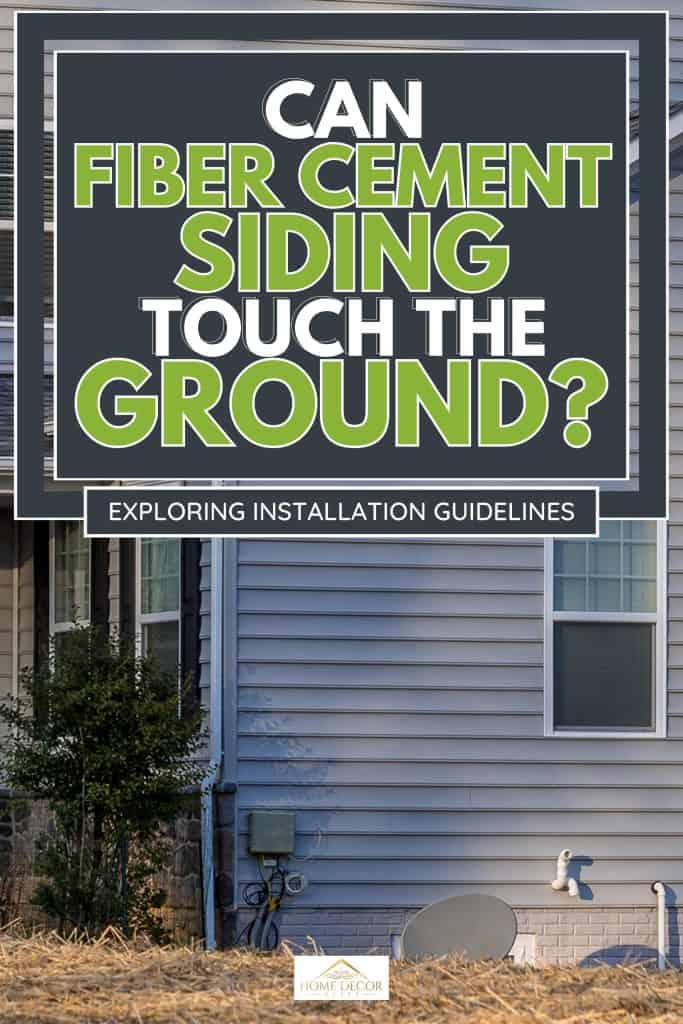
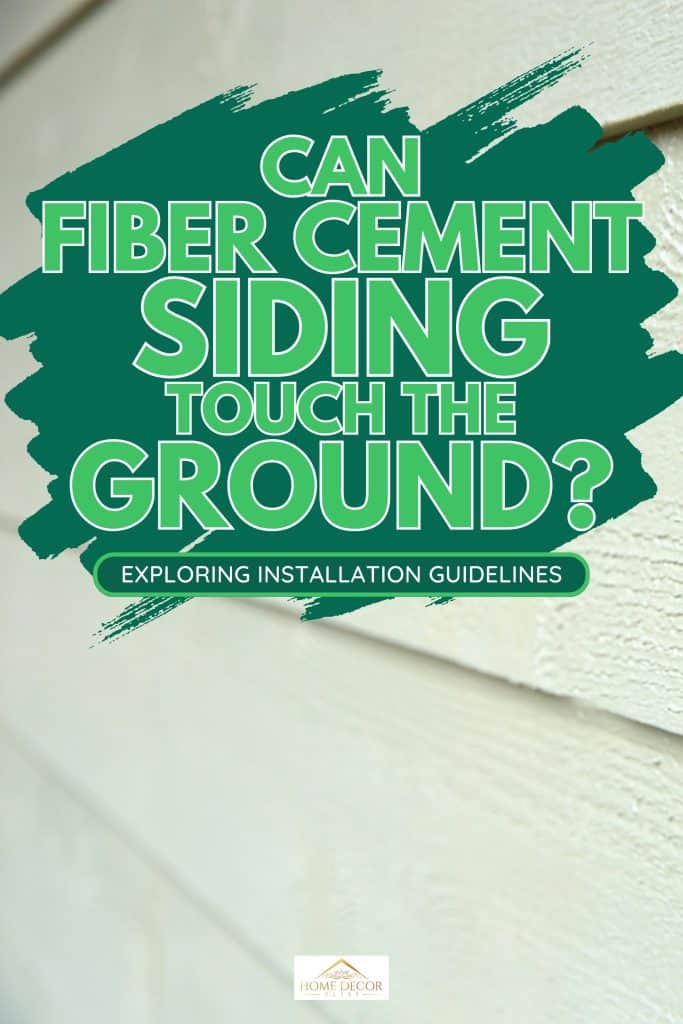
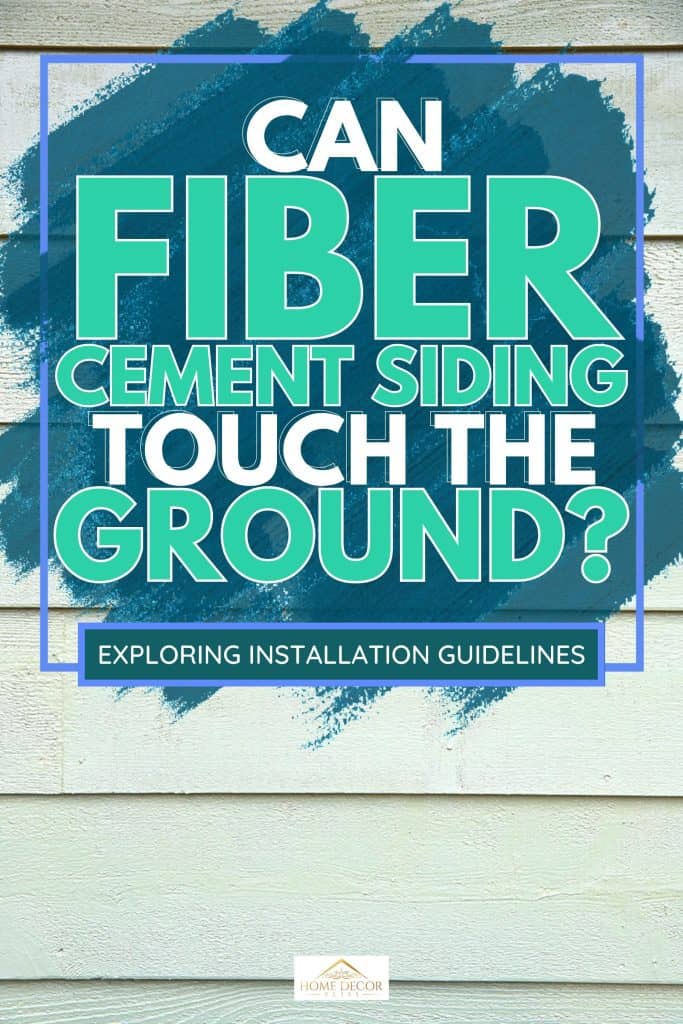
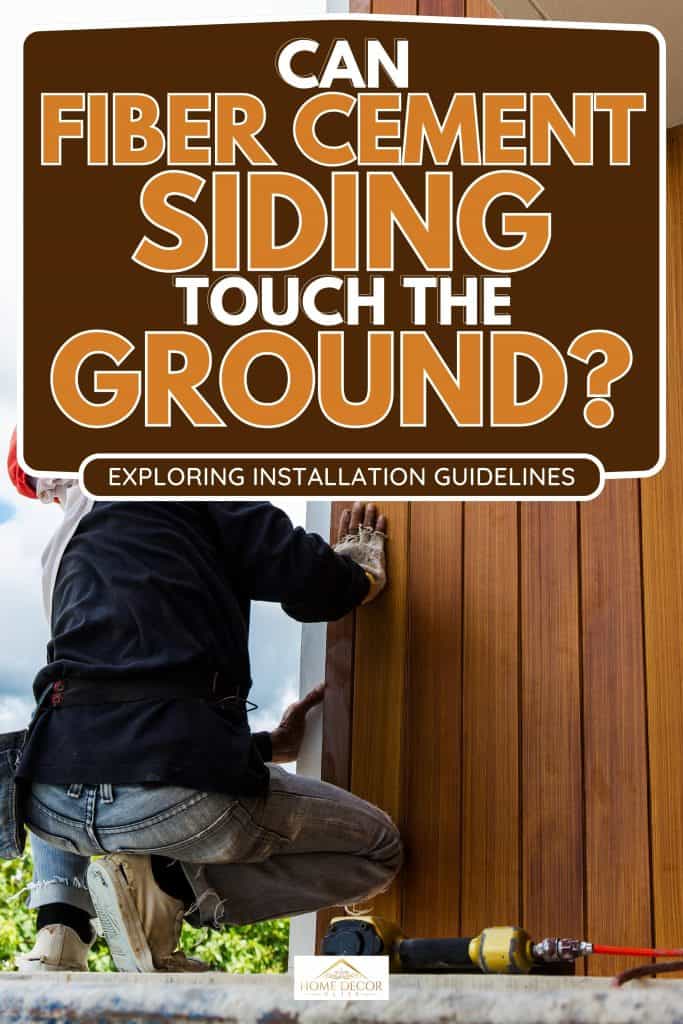
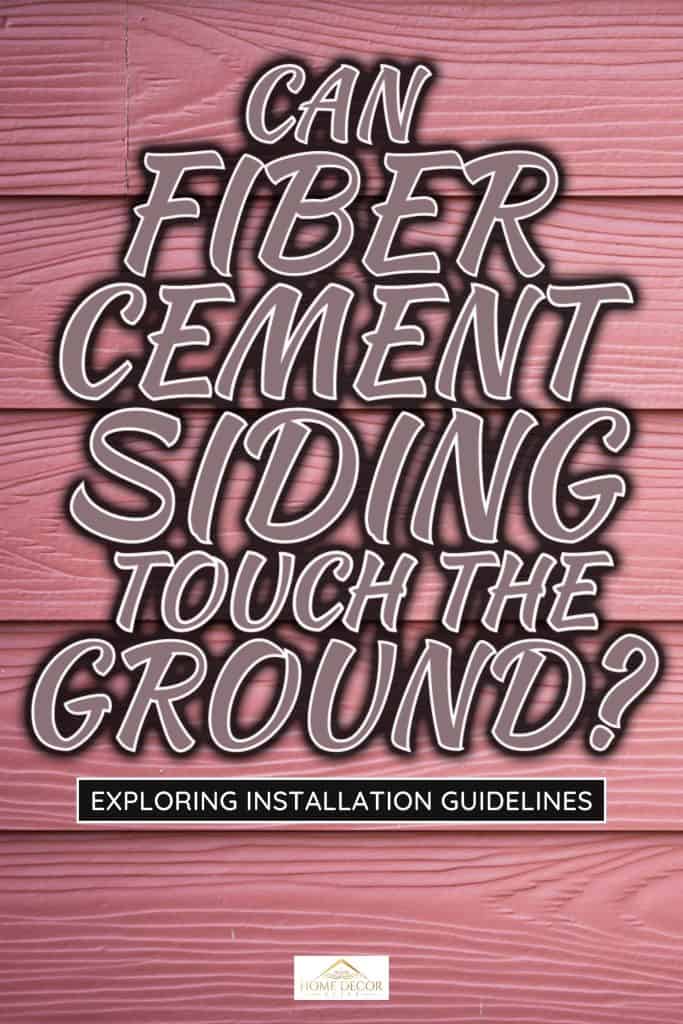
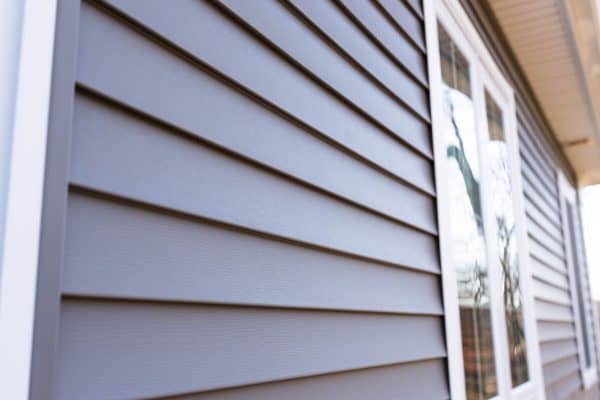
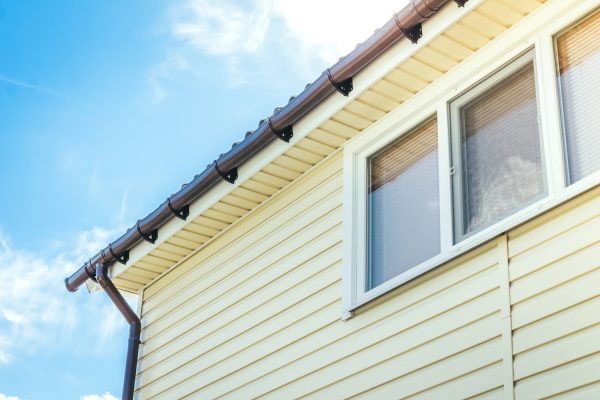
![A facade of a house with brown stone veneer exterior and shrubs at the front, Can You Paint Stone Veneer? [Everything You Need To Know]](https://homedecorbliss.com/wp-content/uploads/2022/11/Facade-of-a-house-with-brown-stone-veneer-exterior-and-shrubs-at-the-front-600x400.jpg)